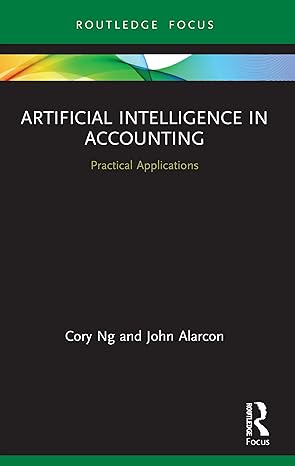Question
T is an operating company with assets worth $1000 (basis $700) and no liabilities. T has $300 E&P. A owns some or all of the
T is an operating company with assets worth $1000 (basis $700) and no liabilities. T has $300 E&P. A owns some or all of the outstanding common stock of T, its only class, as stated in the various problems below. P is a publicly held operating company. Ignore the effect of tax on any gain recognized by T and assume T stock is worth $10 per share. Assume the existence of a good business purpose for the transactions, continuity of Ts business enterprise and a plan of reorganization where necessary (though the time boundaries of the plan may be at issue).
In each of the following transactions, what are the tax consequences to each of the parties?
2. P owns 20% of the T stock (acquired 10 years ago for $100) and A owns 80% (basis $200). T transfer all its assets to P solely for $1000 FMV of P voting stock, after which time T liquidates.
3. B owns 20% of T stock (basis $10), and A owns the rest. B contributes the 20% stock interest to newly formed S for pure preferred S stock, while P contributes $800 cash to S for all of Ss common stock. T then merges into S, with A receiving $800 cash and all T stock being canceled.
4. P owns 80% of Ts outstanding stock, which P acquired 10 years ago (basis $200), and A owns 20% (basis $100). T transfers all its assets to P solely for $1000 FMV of P voting stock, after which T liquidates.
Step by Step Solution
There are 3 Steps involved in it
Step: 1

Get Instant Access to Expert-Tailored Solutions
See step-by-step solutions with expert insights and AI powered tools for academic success
Step: 2

Step: 3

Ace Your Homework with AI
Get the answers you need in no time with our AI-driven, step-by-step assistance
Get Started


